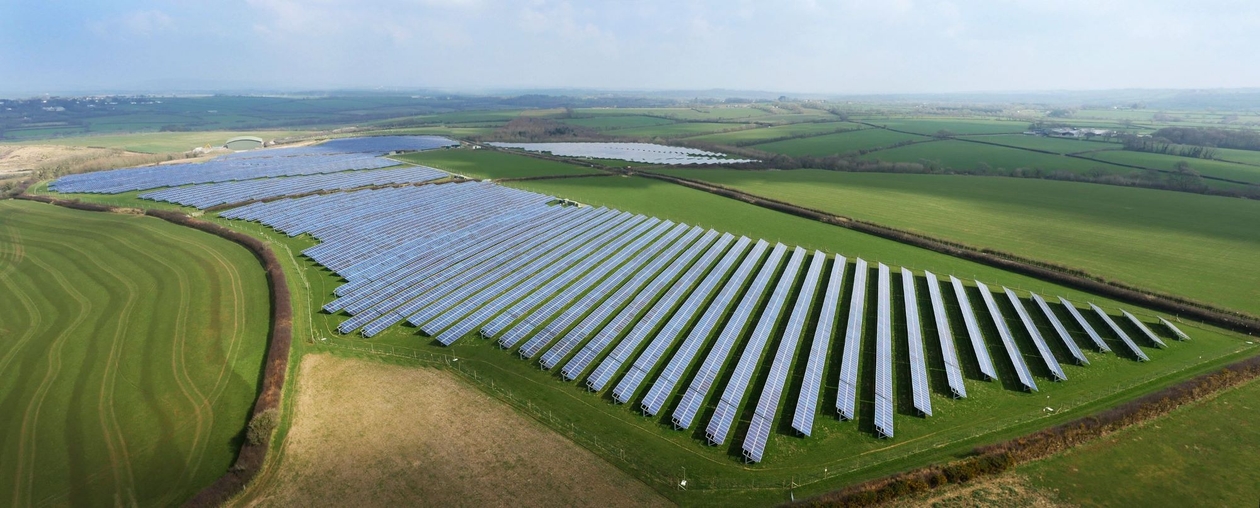Climate Finance in the age of oil price volatility
Louise Ward, Investor Relations Director at Low Carbon discusses the current volatility of oil prices and how investments into climate change solutions can present strong returns
One only has to scan the headlines to see how global oil prices are rapidly fluctuating. Recent research from trading house Banc De Binary found that the oil and gas industry has spent £10bn over the last year in an effort to protect dividends. Moreover, the value of assets and cash held by oil and gas companies listed on the London Stock Exchange has significantly decreased (from £151.8bn in February last year to £141.5bn today). It is clear that the falling price of oil is contributing to uncertainty amongst the global investor community.
However, it’s not just ‘uncertainty’ that is to account for divestment from fossil fuel stocks. Recent analysis and number-crunching by The Ecologist revealed that the energy produced by solar panels is worth about three times as much per kWh as oil energy in transport applications. Burning oil generates heat energy, but solar panels generate electrical energy. Electric cars, for example, can convert that solar energy into motive power at an efficiency of approximately 80%. This is in contrast to gasoline-powered cars that turn their oil into motive power at only 25% efficiency. The statistics and viability of renewables are there for all to see. Bloomberg New Energy Finance estimates that investment in renewable energy rose to a new record high of $329bn globally in 2015, up 4% on 2014 levels.
But what does this all mean for the investor community? Efficiency and output is all very well and good – but what many institutional investors don’t know is that climate change solutions such as solar PV and onshore wind projects can stand up for themselves financially. Climate change solutions are not volatile to the same extent as oil and their marginal cost of energy production is zero – no other power generation plant such as oil or gas can say the same. And even if investors don’t actually believe in climate change, these investments in climate solutions stand up on their own financially. They are generally long-term, inflation-linked contracts which generate attractive returns.
The vast majority of climate change solutions projects are, at their essence, infrastructure projects. The terminology ‘green’ or ‘renewable’ don’t often have to be mentioned at all, which can be the difference in convincing reluctant investors of their viability as reliable investments. These technologies are not a ‘gimmick’ that will pass and they should be overlooked because they are not the status quo just yet – we are confident that they will become so.
The falling price of oil needn’t spell doom and gloom for global economies and the investor community. Its volatility only reinforces how other energy investment opportunities, such as solar PV, should be explored, seriously considered and pursued.

